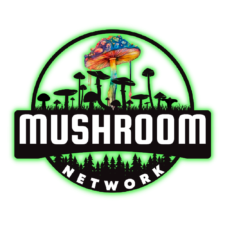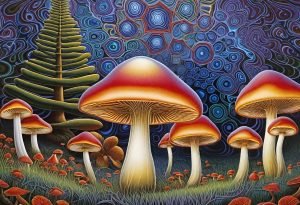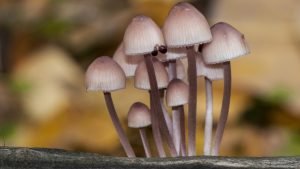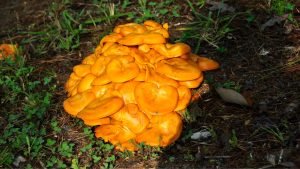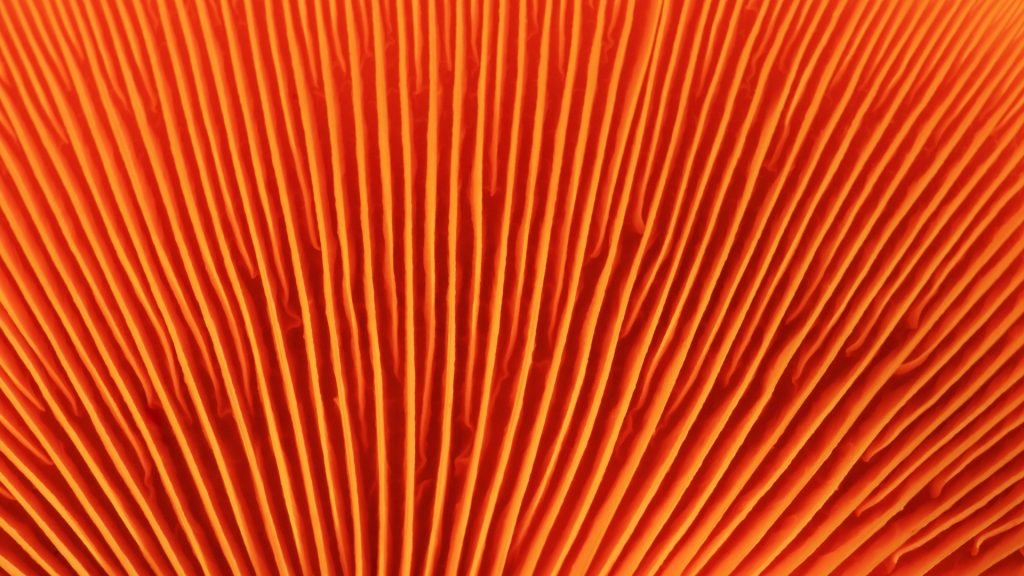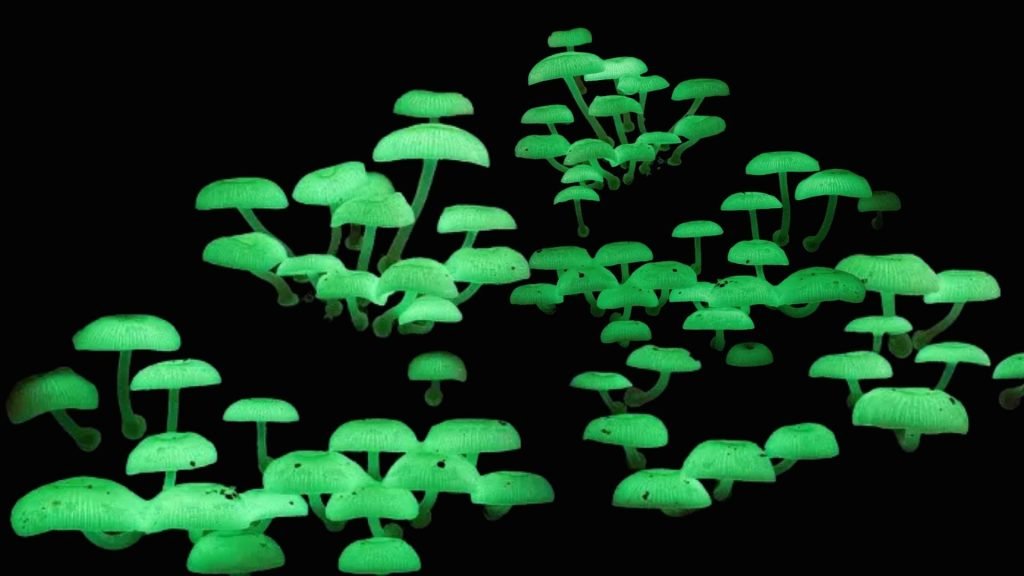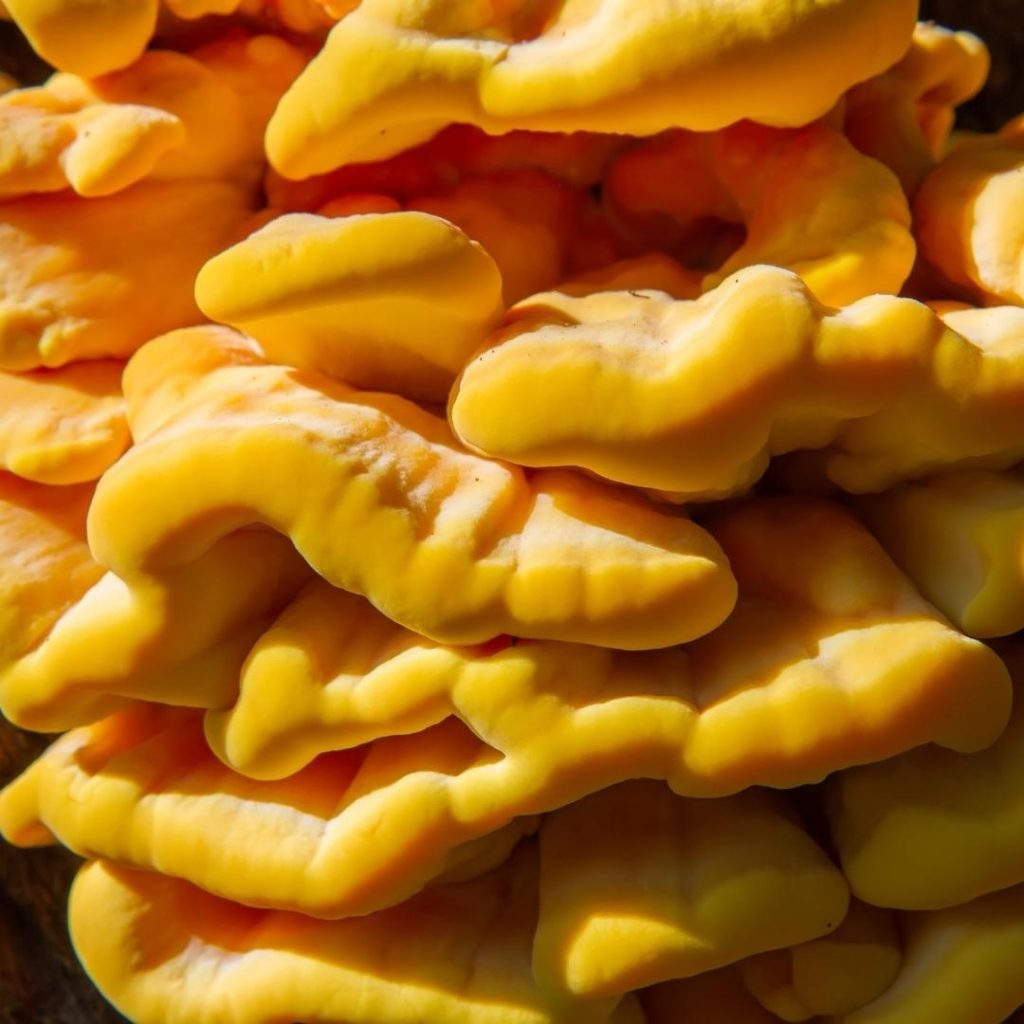Delving into the realm of fungi, Cordyceps stand out with their unique growth and medicinal significance. Although once rare and expensive due to their wild habitat, advances in mycology have made home cultivation feasible. This guide embarks on simplifying the cultivation of Cordyceps for beginners.
The Fascinating World of Cordyceps
Originally found in the mountainous regions of Tibet and China, Cordyceps have been used for centuries in traditional medicines. These entomopathogenic fungi have a unique life cycle where they parasitize insects and replace the host tissue. Given their scarcity in wild regions and known health benefits, they’ve become highly sought after. As a result, researchers and enthusiasts alike have embarked on a journey to make their cultivation more accessible.

Cordyceps Basics:
To cultivate Cordyceps effectively, understanding their biology is crucial. Unlike many other fungi, Cordyceps do not fruit from wood or plant-based substrates. Instead, in their natural environment, they infect insects, particularly caterpillars. When the fungus has consumed the insides, a fruiting body emerges from the insect’s head, releasing spores to continue the cycle.
Modern cultivation techniques, however, have shifted from insects to grain-based substrates. This adaptation not only makes cultivation ethical but also more feasible and efficient.
Furthermore, Cordyceps requires specific environmental conditions. Humidity, light, and temperature play pivotal roles in their growth, with each stage of the cultivation process having distinct requirements.

Cultivation Steps for Beginners:
- Selecting Strains: Several Cordyceps species are available, but Cordyceps Militaris is the most popular for cultivation due to its yield and medicinal properties. Acquiring a high-quality culture is the first step.
- Preparing the Substrate: A grain-based substrate, like brown rice, is commonly used. Once the grains are cooked and sterilized, they’re inoculated with the Cordyceps culture in a clean environment to prevent contamination.
- Incubation: Post-inoculation, the substrate jars are stored in a warm, dark place, allowing the mycelium to colonize the grains. This phase might take several weeks, during which maintaining the right temperature is crucial.
- Initiating Fruiting: Once fully colonized, the jars are moved to conditions that stimulate fruiting. This requires cooler temperatures and exposure to light. Over the following weeks, the vibrant orange fruiting bodies of C. Militaris will emerge.
- Harvesting: The Cordyceps are ready for harvest when their fruiting bodies are fully mature, which is evident from the formation of tiny club-shaped heads.
The universe of mushrooms is expansive, each variant bearing its own unique charm and characteristics. The Marketplace on the 🍄 Mushroom Network is a testament to this diversity. It is a haven for those seeking a deeper understanding of the magical world of mushrooms. If you’re keen on learning more about this type of mushroom and other mushroom variants, this Marketplace is your ultimate resource.
No posts found!
Utilizing and Storing Cordyceps:
After successful cultivation, the next step is harvesting and processing. Fresh Cordyceps can be consumed directly, although they have a short shelf life. To prolong their utility, drying is a common method, which not only preserves them but also intensifies their medicinal properties.
Many enthusiasts grind dried Cordyceps into powder, which can be encapsulated or mixed with drinks. This form provides an easier method of consumption and dosage control.
Finally, proper storage in a cool, dry place ensures the Cordyceps retain their potency and are ready for consumption whenever required.
Not sure where to start? The 🍄 Mushroom Academy offers a wide range of courses tailored to your needs. Whether you’re a beginner eager to learn or an experienced mycologist looking to broaden your knowledge, the 🍄 Academy has something for everyone.

Cordyceps Cultivation: The Path Forward:
The journey of cultivating Cordyceps offers not just a fulfilling hobby but a bridge to traditional remedies. While the process requires patience and precision, the rewards, both medicinal and personal, are worth the dedication. As the mysteries of Cordyceps continue to unravel, cultivating them at home remains a testament to the blend of ancient wisdom and modern science.
Don’t forget to check out the 🍄 Mushroom Network’s Marketplace to see what’s available. But hurry, our shelves are constantly evolving, and you wouldn’t want to miss out on this wonderful mushroom. Join our growing network of Patrons, Genetics, and Mycologist Vendors only on the 🍄 Mushroom Network!
Recommended Reads:
Mycelium and Mandalas: The Fungal Realm in Alex Grey’s Artistic Vision
About This Article: Embark on a transcendental journey through Alex Grey’s artistic realm, where mushrooms...
Read More...Bleeding Fairy Helmet (Mycena Haematopus)
Greetings, fungal aficionados and curious minds! Today, we delve into the enigmatic world of Mycena...
Read More...Neon Nights: Rave Culture & Bioluminescent Fungi
As rave culture bursts with vibrant neon lights, the natural world has its counterpart—bioluminescent fungi....
Read More...Nature’s Halloween Special: The Story of the Jack-O’-Lantern Mushroom
As autumn leaves rustle and Halloween approaches, nature presents its own spooky special: the Jack-O’-Lantern...
Read More...Whoa there, Spore Sport! 🍄 Looks like you’re not logged in yet. Don’t you know what you’re missing? MYCO-CREDITS! Imagine all the fungal fun you could have. It’s like finding a Morel in May and not picking it. Tragic, right? Log In or Become a Myco-Patron and start racking up those credits. It’s more rewarding than finding a mushroom in your backyard! 🌟🏡
